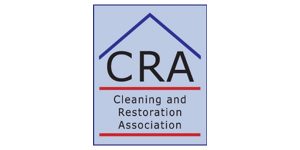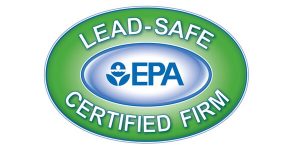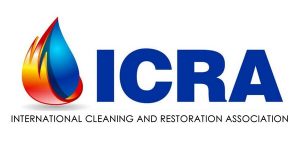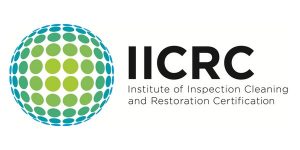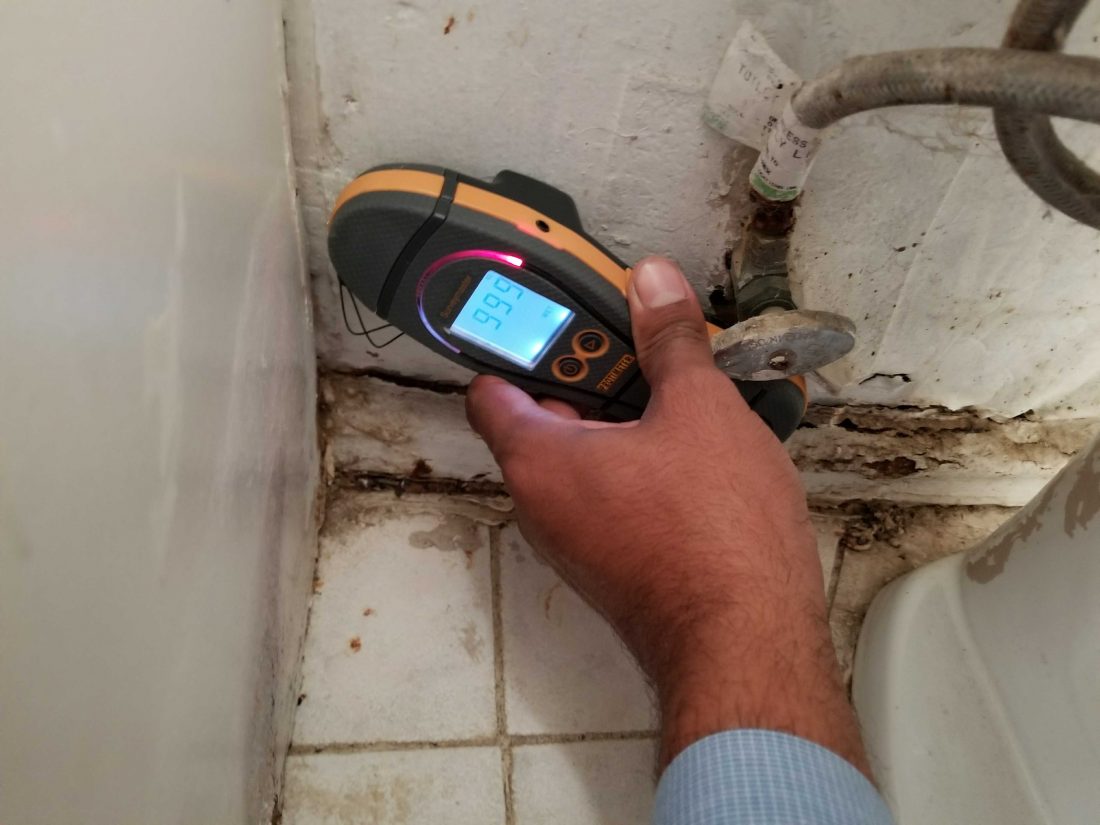
The rainy season is underway, but it’s still not to late to leak proof your home to avoid the costs and disruption of water damage restoration.
It’s estimated that 90% of all residential buildings experience some sort of leak at some time in their history, and it doesn’t take a Godzilla El Nino to cause water damage from rain. Any heavy rain or long rainy spell will do. Or simply an “out of control” sprinkler system.
Weather-related water damage costs approach $1 billion annually in the US. And that doesn’t consider lesser problems such as water stains or small patches of mold. So it’s important to know how to prevent water damage that starts on the outside of your home. Prevention can be a lot less time consuming than filing an insurance claim. Plus you’ll need to demonstrate that you’ve been properly maintaining your house should you ever need to file.
Leak Proof Your Home
Keeping rain water from seeping into your home takes a lot more than a quick look at the roof each fall, but it’s well worth the effort. Here is our list of some of the most important tips on how to protect your home from water damage due to rain.
- Clean out your roof gutters. It’s the fall ritual everyone hates, but clogged roof gutters can be a big problem. When full they spill water against the foundation, exactly what they were designed to prevent. Plus they can cause water to seep under shingles and between cracks in the eaves and trim. Don’t forget that the down spouts can become blocked with leaves and other debris as well. If noticeable debris accumulates before the rainy season is over, consider installing gutter guards.
- Inspect your roof at least once a year. Look for missing, loose, damaged, or aging shingles. Also make sure that flashing and caulking on all roof penetrations and eves is in good condition. A professional roof inspection every few years can be a good investment.
- Check doors and windows to make sure that their seals and caulking are in doing their job. Peeling, bubbling, or discolored paint indicates that there’s probably a leaking gap somewhere nearby.
- Likewise, check the caulking around any wall penetrations such as water and gas lines, phone lines, cable or satellite TV, and internet connections.
- Keep siding, stucco, and other types of walls well maintained with inspections, repairs, and painting as needed.
- Chimneys need attention too. Make sure that your chimney cap is properly in place and that all gaps are sealed. Some types of masonry may need to be sealed from time to time.
Finally, after any storm or heavy rain it’s a good idea to check for water leaks and fix them.
Landscaping Matters
Now that you’ve seen the main ways to leak proof your home, you should also know that there are things you can do to our in the yard that help prevent water damage.
- Keep plants with invasive roots away from your home as well as away from water, sewage, and sprinkler lines.
- Trim away any nearby tree branches that could damage your roof during heavy winds.
- Ensure good drainage with landscaping that has ground level sloping away from the house at a rate of at least 6 inches of drop per 10 feet of distance. Stonework and mulch can also help prevent water from heavy rains soaking in around the foundation.
- But keep mulch at least 6 inches away from the wall and foundation.
- Down spouts should extend 5 to 10 feet away if there’s any sort of drainage issues. Some types roll themselves up after rain stops. Or you could add a “French Drain” — a small gravel-filled trench.
- If there’s been a history of saturated ground, consider an artificial dry creek bed as a landscape feature.
- Keep any outdoor drains and storm drains near your home clean and free of debris.
- Consider installing a back-flow preventer to block sewer main back-ups during storms.
- Make sure your sprinklers aren’t hitting your house, or running too long and saturating the ground.



